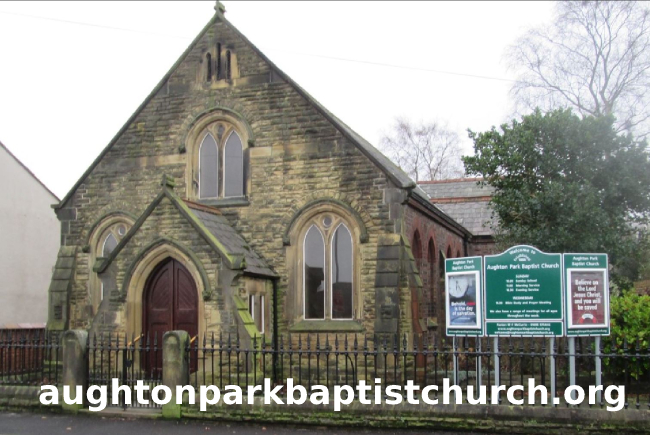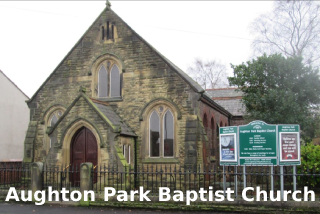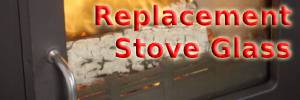By Kate Hurst
How many times did New Year’s Day fall on the first of January?
On the surface, that might seem like an unanswerable question - surely the answer is two thousand and nineteen times, plus the unknown number of years that our dating system classifies as “B.C.”?
Or maybe not . . .
The real answer is that it depends where you come from, and here I acknowledge Kenneth Ledward (a former Magazine Editor for Ormskirk and District Family History Society) for the wealth of information supplied in his article, Lord Chesterfield’s New Style Calendar Act 1751, which was published in Issue 3 of our Society’s magazine, back in 1992.
So what is the “New Style” calendar, and - perhaps more importantly, what did it replace?
If you have ever searched for a historical document or maybe looked up a baptism, marriage or burial record and noticed that each year’s register runs from 25 March to 24 March, or you’ve noticed that your ancestor got married on 6 January 1680/81 (as Benjamin Fletcher of Nantwich and Mary Peacock of the parish of Ormskirk did), you might already have a clue.
Today, different parts of the world have different time zones, and various faiths and cultures celebrate New Year on different dates - in 2020, for instance, Chinese New Year falls on 25 January, the Islamic New Year begins on 19 August, and Rosh Hashanah (Jewish New Year) is on 19 September - so in our modern world, we are used to the idea of different calendar systems working side by side, but the development of the calendar that we know in Britain has been pretty complicated.
If there is a “New Style” calendar, logic says that there must be an “Old” one, too. From at least the twelfth century (I presume this is only known for certain because our earliest decipherable documents must date from the century after the Norman Conquest in 1066), England used what was called the Julian Calendar, which determined New Year as 25 March (traditionally called Lady Day). These days, that’s roughly the time when we move our clocks forward to British Summer, so it may be that - even centuries ago, before our ancestors had any reliable way to tell the time - people had a general awareness that the days were getting longer and that summer was coming.
Modern science tells us that a year isn’t as neat as the calendar we’ll take down at the end of 2019, but (by strange change) the one we’ll put up for 2020 does something to correct that.
Even without knowing that it takes the Sun 365 days, 5 hours, 48 minutes and about 46 seconds for the Sun to move from the vernal (spring) equinox back to that same position - technically known as a “tropical” year - by the 1582, Pope Gregory XII had realised that the old Julian Calendar didn’t account for leap years, and so Europe adopted the Gregorian Calendar (which slotted the Leap Day in every four years to correct matters), but England didn’t.
In view of the UK’s impending departure from the European Union, you’d be forgiven for suspecting that there has been anti-European sentiment lingering in Britain for centuries, but in the reign of Queen Elizabeth I (1558-1603), the bigger concern in England was Roman Catholicism.
Most of Europe was made up of Catholic countries (or kingdoms which have merged into the modern nations we recognise on the map today), but by the 1580s England was being shaped into a distinctly Protestant state, so it didn’t welcome a dating system favoured by those considered to be “Papists”.
So from 1582 onwards, Europe thought of 1 January as New Year’s Day, and Britain favoured 25 March, but that isn’t the case today. Clearly something’s changed over the past 437 years, but what?
By 1752, Britain had seen an English Civil War (in the 1640s), the execution of a monarch (Charles I, on 30 January 1649), a union form between England and Scotland (in 1707) and was less than a generation away from the Industrial Revolution changing life as anyone knew it, and to confuse things even more, the British calendar was eleven days behind the European one. So something had to be done.
In the fifteen years leading up to 1752, the parish registers for Ormskirk note that three weddings took place on 1 January. Using the Old Style dating system, James Threlfall and Mary Blakewell would have said they were married in 1738, Peter Ball and Margaret Threlfall would have said 1747, and Henry Mawdesley and Alice Charles would have said 1749.
We can only imagine the confusion they must have felt at the end of 1751 - perhaps they even wondered whether their marriages had lasted a year less than they thought? If you ever search through old parish records and find a marriage dated 25 February 1701/02 (as Thomas Cardwell and Mary Browne did, in Ormskirk) or a burial on 9 March 1595/6 (the day Nathaniell Starkye was laid to rest in Aughton), this is why. (Mr. Ledward’s article advises that this method is called “double indication”, and should help you to work out the year that your ancestors would have given for their marriage, and the modern calculation as you would understand it.)
We now come to the first of January in the year 1752 (as we recognise it). The first New Year’s Day, and the first time that anyone who stayed up past midnight on the thirty-first of December could legitimately say they’d got up in one year and gone to bed in the next. There was just one little problem to solve...
The new calendar wasn’t fully synchronised with the European system - somehow, over the years, it had fallen behind by eleven days, which means that when our British ancestors were enjoying the novelty of having New Year’s Day on 1 January 1752, those on the continent thought it was already the twelfth of the month! The solution was introduced to Parliament in 1750 by fifty-six year old Philip Stanhope, the fourth Earl of Chesterfield, and was known as the Calendar (New Style) Act, although it’s sometimes known as “Chesterfield’s Act”, too.
It made two changes - one was permanent, one was temporary.
From 1 January 1752, the year would start on 1 January and end on 31 December, creating the system that we know today. To catch up with Europe, for one year only, twelve days would be missed out altogether, so in 1752 people went to bed on 2 September and had their usual night’s sleep . . . but woke up on the fourteenth of the month!
I have always understood that there were mass protests about this, with bands of people going around chanting “Give Us Back Our Eleven Days!”, but on investigation, I’m sorry to tell you it’s simply a historical myth.
The old New Year’s Day (on 25 March) was known as Lady Day (or the Feast of the Annunciation), one of the traditional “quarter days”. (The others are Midsummer’s Day on 24 June, Michaelmas on 29 September and Christmas Day, and if you ever look into old leases for property that were agreed between your ancestors and their landlords or their tenants, you may find that rent was due on one or more of these dates.) One side effect of “losing” those eleven days in 1752 was that the “new” Lady Day became 5 April, the end of the tax year as we know it today.
As far as I’m aware there are no plans to rearrange the calendar this year, so I (and everyone else at Ormskirk and District Family History Society) wish QLocal readers a Happy New Year, as ODFHS looks forward to its fortieth anniversary on 27 February 2020.
The 2020 programme begins on 22 January, when Roger Blaxall will give his talk on The Horseless Carriage: The History of Motoring. As usual, the ODFHS meeting will begin at 8p.m. at the Guide HQ, Moorgate, Ormskirk; doors open from 7.30pm, refreshments available, and all are welcome to attend. (£1 requested donation from non-members.)
|
|
||||||
|
WANTED: YOUR NEWS AND STORIES FOR ORMSKIRK
Phone / Txt Roger on 0754 3955 841 Email local news to us including image(s) ormskirk@qlocal.co.uk Follow / Report to us on Twitter @QlocalOrmskirk
WANTED: YOUR NEWS AND STORIES FOR ORMSKIRK
Phone / Txt Roger on 0754 3955 841 Email local news to us including image(s) ormskirk@qlocal.co.uk Follow / Report to us on Twitter @QlocalOrmskirk 

Check Todays Deals on Ebay.co.uk Your Comments:
Custom Search

|
You are in:
UK /
Ormskirk / North West
Find any Town in the UK, or Use UK map Local Google MAP for Ormskirk Check Todays Deals On Amazon.co.uk Check Todays Deals on Ebay.co.uk 



Qlocal Supports Woodlands Animal Sanctuary 

 Be Seen - Advertise on Qlocal Corporate Sponsors
Southport Piano and Music Academy Washroom Services Maximum Grounds Maintenance Southport Garden Services Ormskirk Garden Services Sanitary Bins Nappy Bins & Waste Disposal Confidential Shredding Services Legionella Risk Testing London Washroom Services Croydon Washroom Services Hounslow Washroom Services Wandsworth Washroom Services Havering Washroom Services Sanitary Bins London Clinical Waste London General Waste London Legionella Testing London Shredding London Tatoo Waste London Preston Bird Control Blackpool Bird Control
UK, Local Online News Community, Forums, Chats, For Sale, Classified, Offers, Vouchers, Events, Motors Sale, Property For Sale Rent, Jobs, Hotels, Taxi, Restaurants, Pubs, Clubs, Pictures, Sports, Charities, Lost Found
ormskirk,
ormskirk News,
|
|||||
|
|
|
|




 Reply With Quote
Reply With Quote

